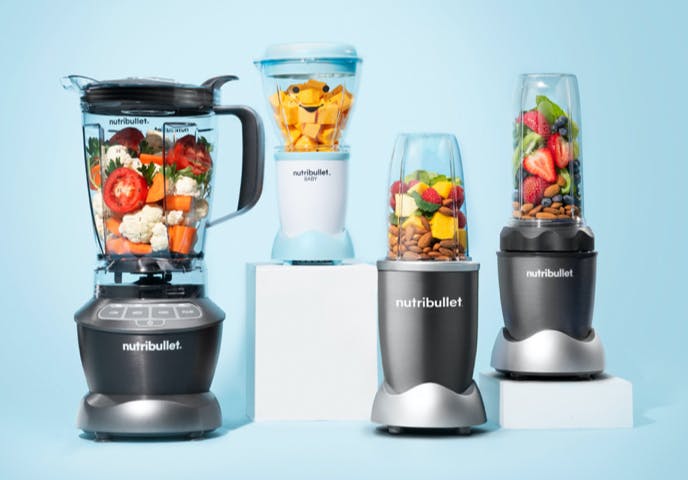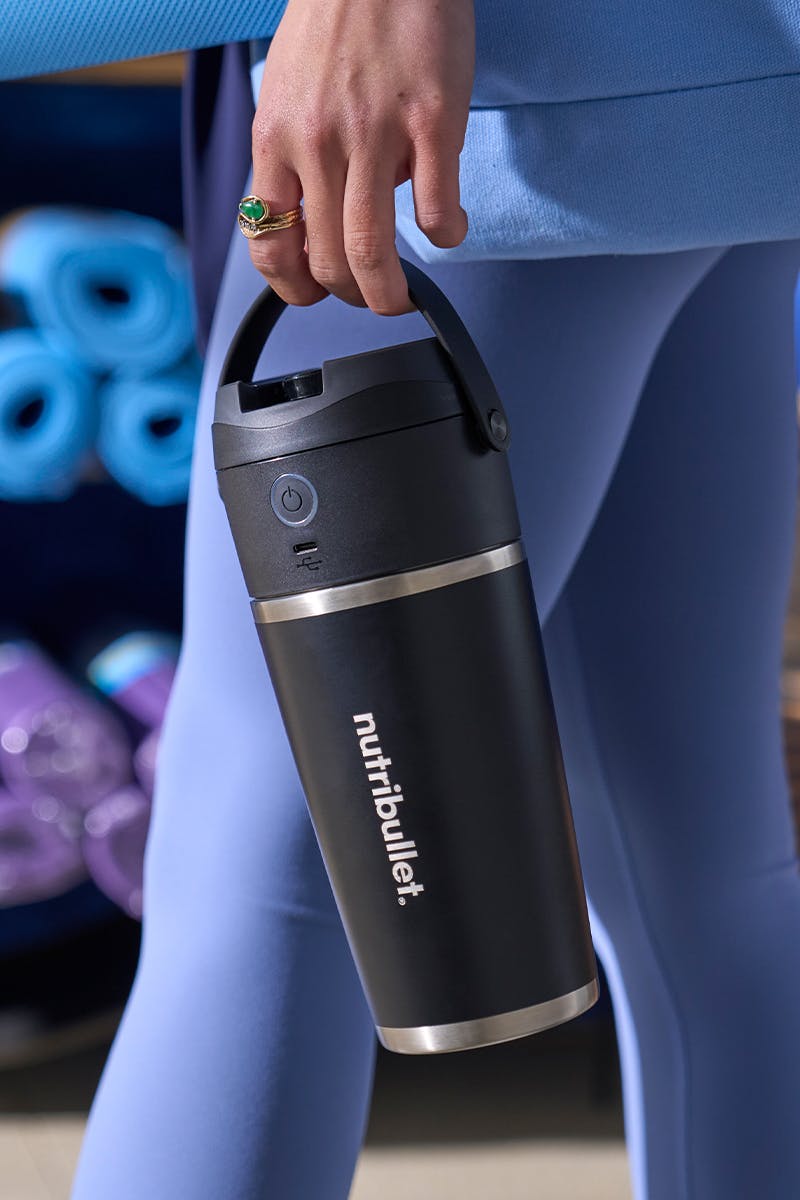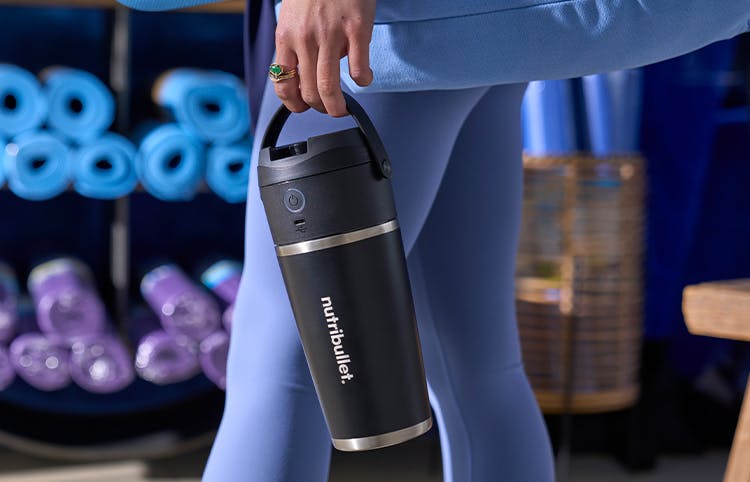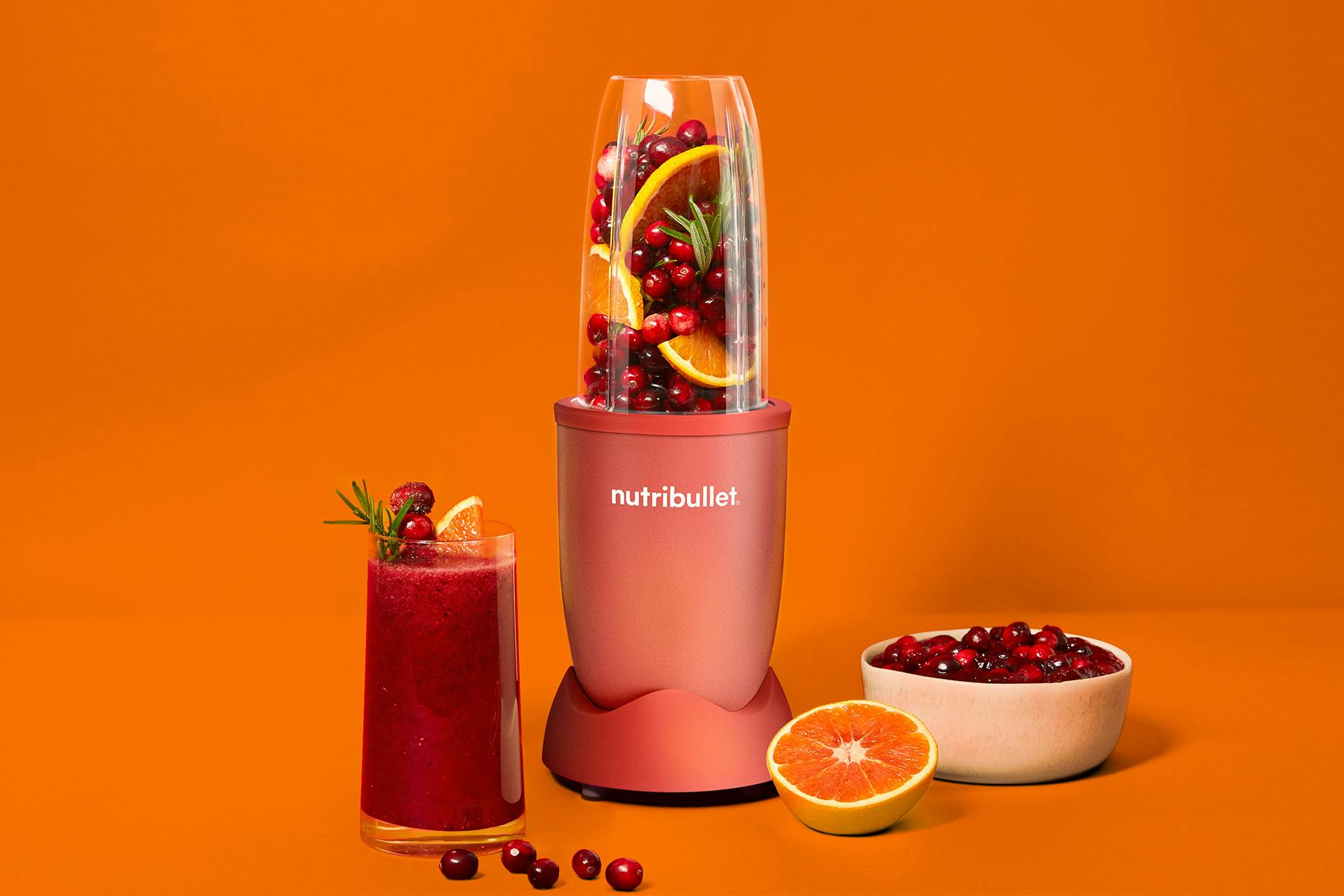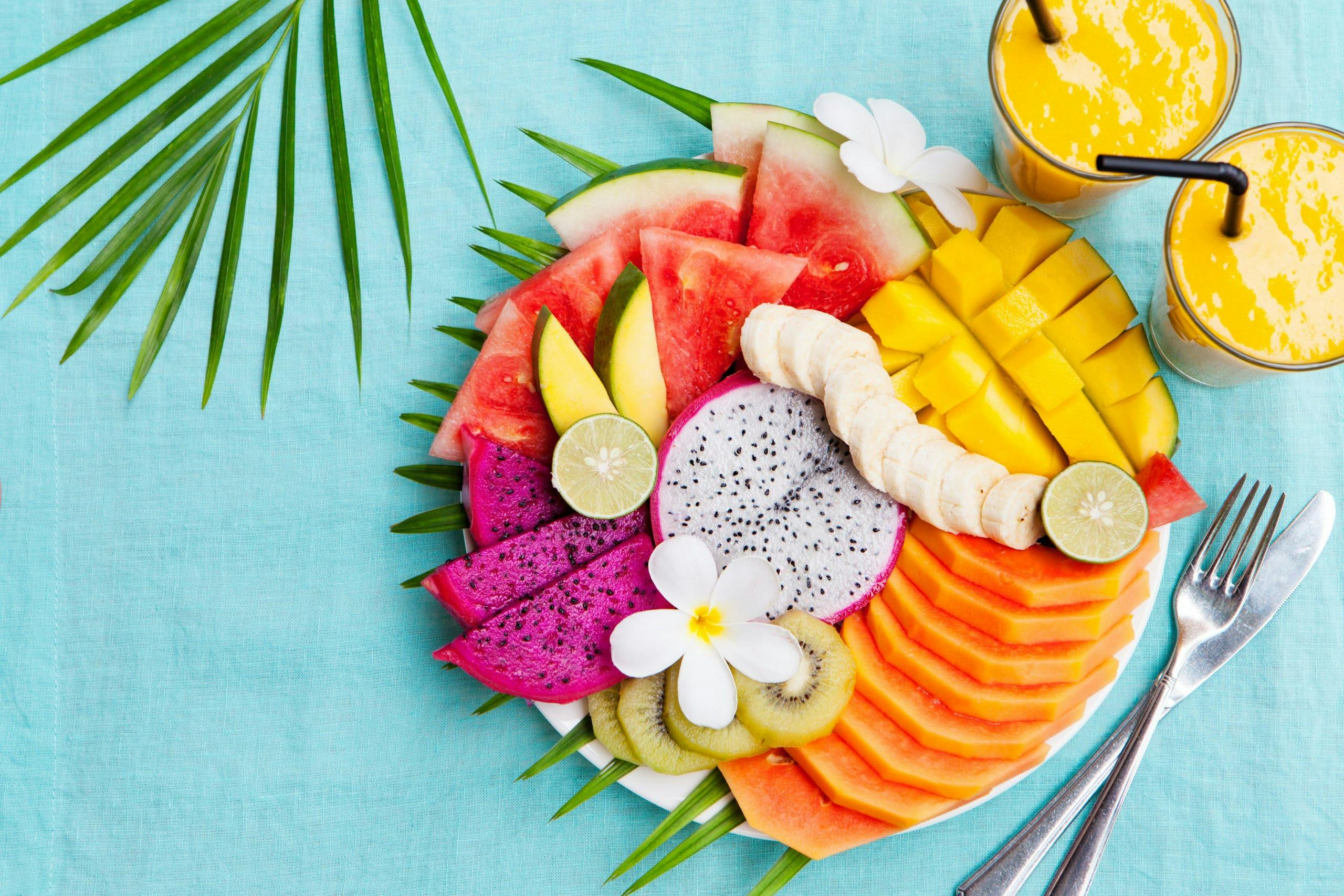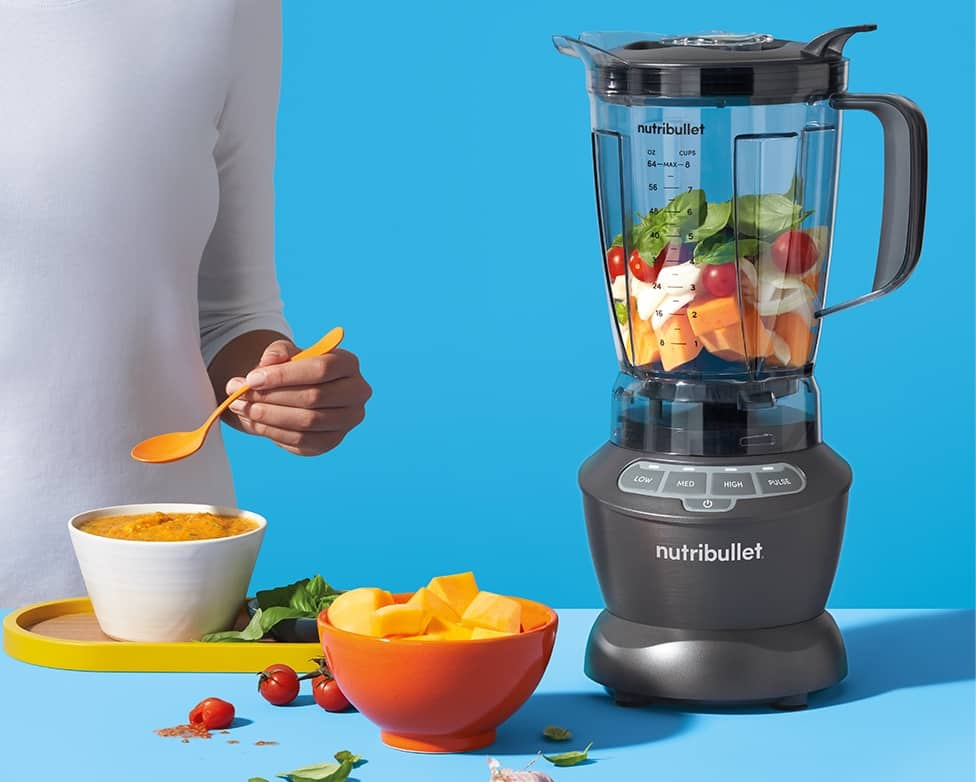Despite the bad rap grains have gotten in recent years, research shows that consumption of whole grains offers plenty of health rewards. For starters, they may help decrease the risks of heart disease, stroke, type 2 diabetes, and certain types of cancer.
Refined grains, on the other hand, have been processed to remove both the fiber-filled and nutrient-rich components, leaving primarily the starch. In other words, when whole grains are refined, they offer only a fraction of the health-promoting compounds.
So, what exactly are whole grains?
Whole grains are made from the whole kernel of grain. This includes the kernel’s three edible parts:
- the bran (the protective outer shell of the grain made of mostly fiber)
- the endosperm (the starchy inner portion of the grain)
- the germ (the innermost portion packed with vitamins, minerals, and antioxidants)
Enriched grains are refined grains that have certain B vitamins (thiamin, riboflavin, niacin, and folic acid) and iron added back after processing. Other nutrients found naturally in whole grains, such as magnesium, vitamin E, and fiber, are lost.
When looking for whole grains in packaged products, like bread, pasta, or cereal, your best bet is to narrow in on the ingredient list. Look specifically for the word “whole” right before the name of the grain — for example, “whole oats” or “whole wheat.” Terms, like “made with whole grain” or “multigrain”, may sound enticing. In reality, however, they don’t mean much.
Aside from packaged products, whole grains come in a variety of forms. Examples include amaranth, barley, buckwheat, farro, millet, oats, quinoa, and brown and wild rice.
Here are a few ideas for serving up whole grains in some of your favorite recipes.
- Start with breakfast. Overnight oats can be made ahead of time, which means that getting some whole grains requires zero prep during your morning routine. Try our recipe for Berry & Banana Oats.
- Turn your favorite pasta recipe into a whole-grain dish by opting for whole-wheat pasta varieties.
- Add a scoop of cooked and cooled quinoa to your favorite salad or soup for a boost of fiber.
- Make a whole-grain salad that is just as good fresh as it is for leftovers. That way, you can have a nutritious take-to-work lunch ready to go when you need it. The Roasted Cauliflower, Chickpea, & Barley Salad is a perfect example.
- Make a batch of whole grains at the beginning of the week with your nutribullet EveryGrain™ Cooker so you can easily prepare whole-grain meals or sides in a cinch.
- Incorporate whole grains into your favorite baked goods. When a recipe calls for all-purpose flour, like in our classic Carrot Cake, try using half whole wheat.
- Snack on whole grains. Our favorite snacks are those that include both fiber and protein. These No-Bake Peanut Butter Bars fit the bill.
Nutrient-rich whole grains come in a variety of shapes and forms, with even more ways to prepare them. Try any of the recipes above or experiment with your favorite dishes, and reap all the health benefits that whole grains have to offer.










